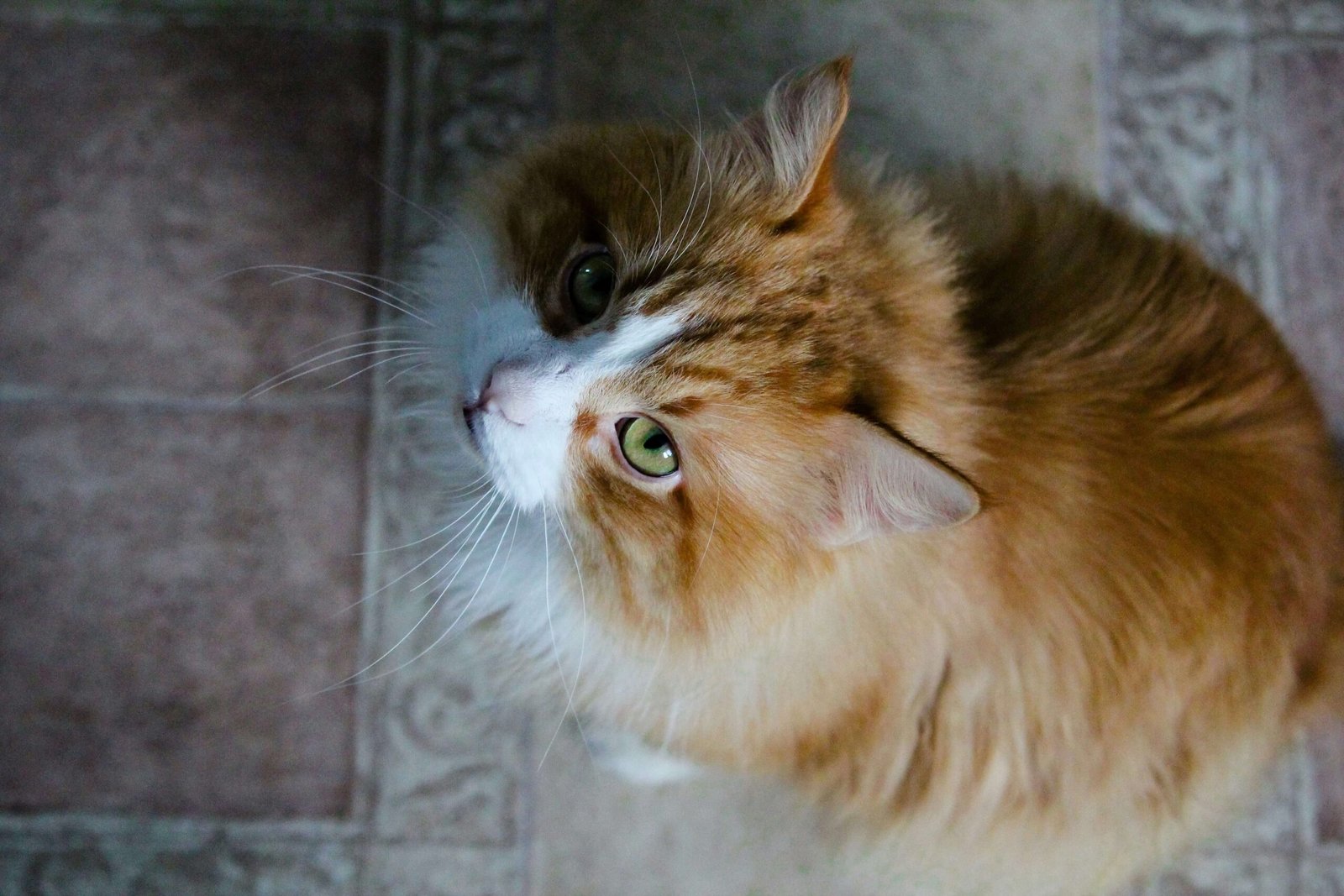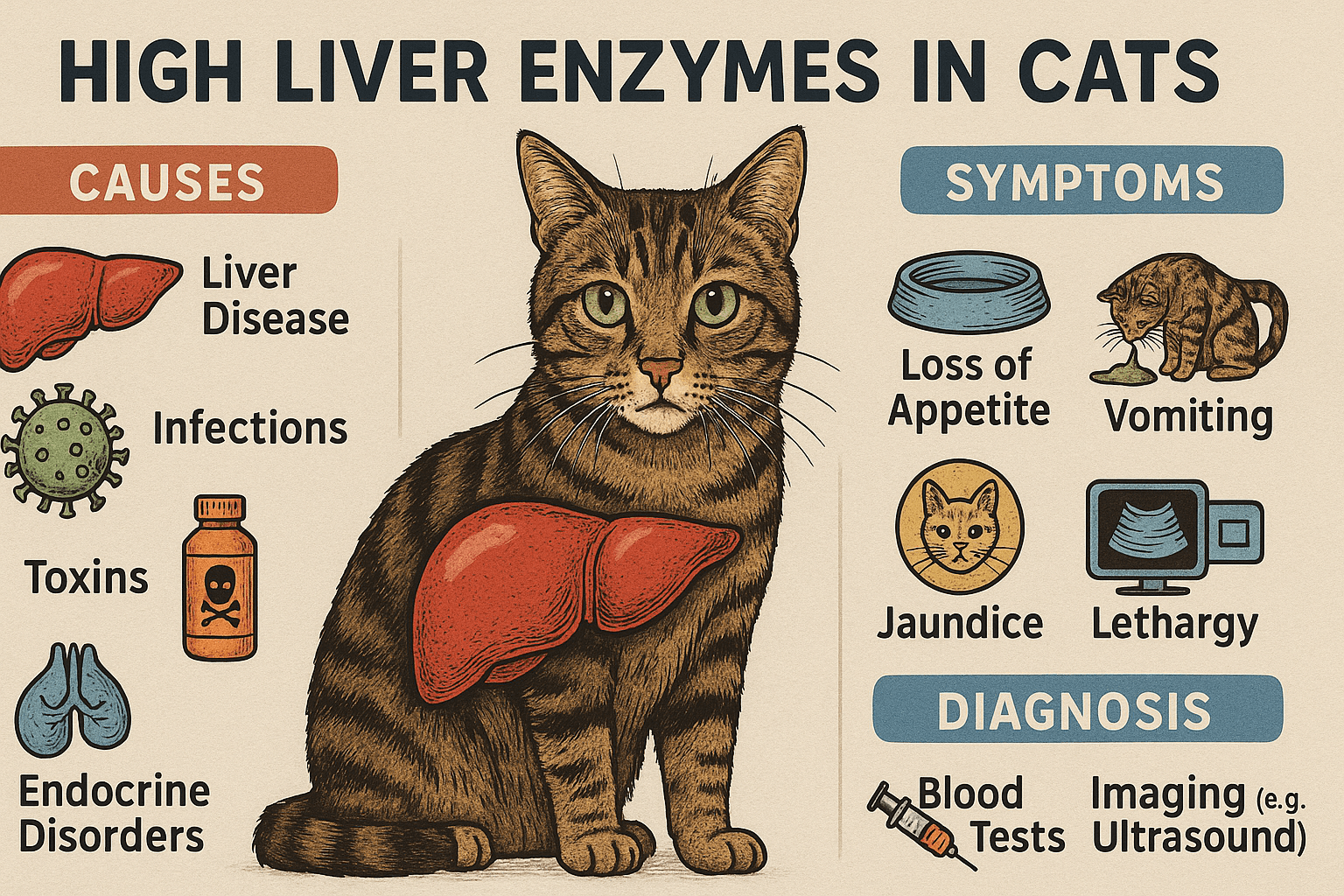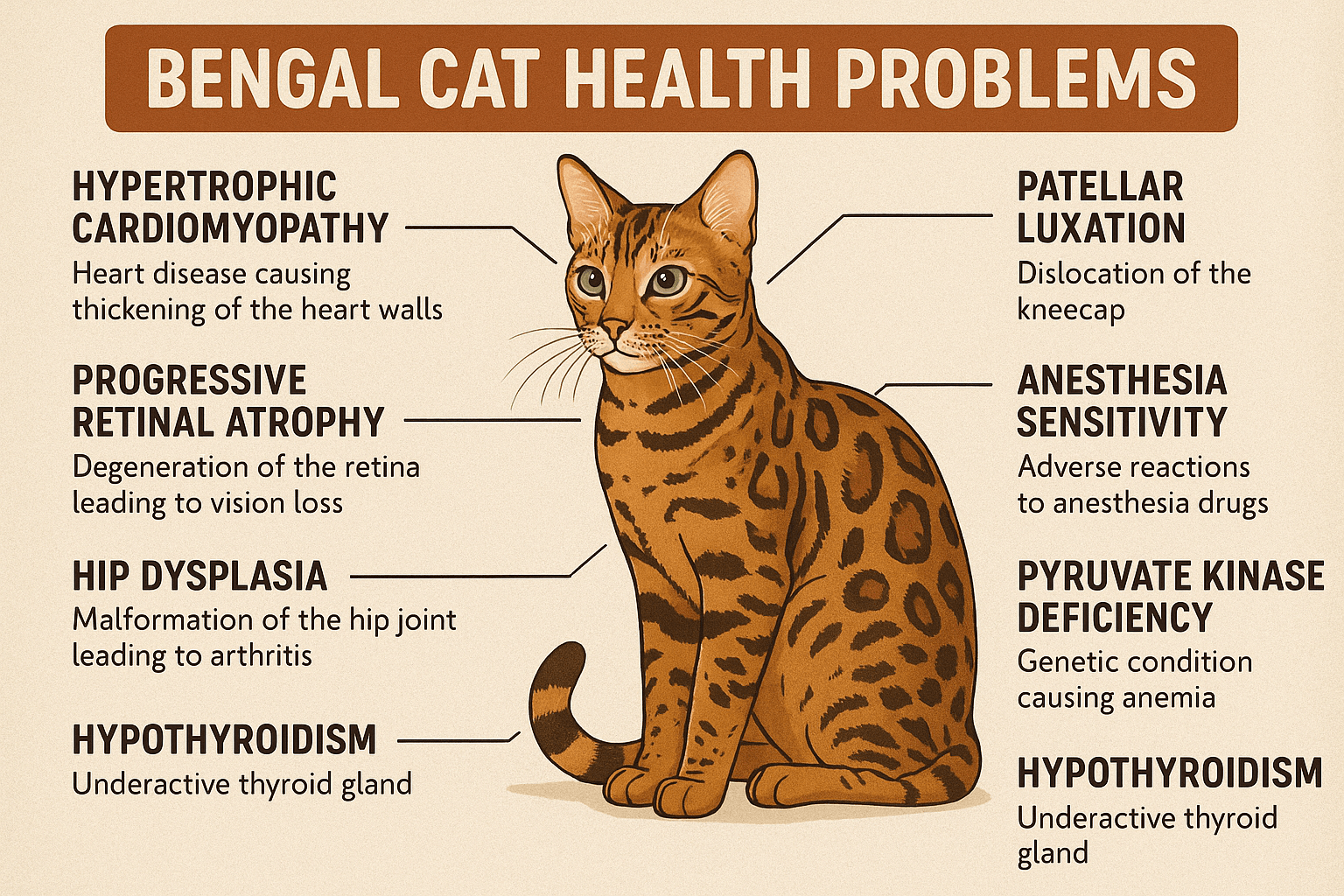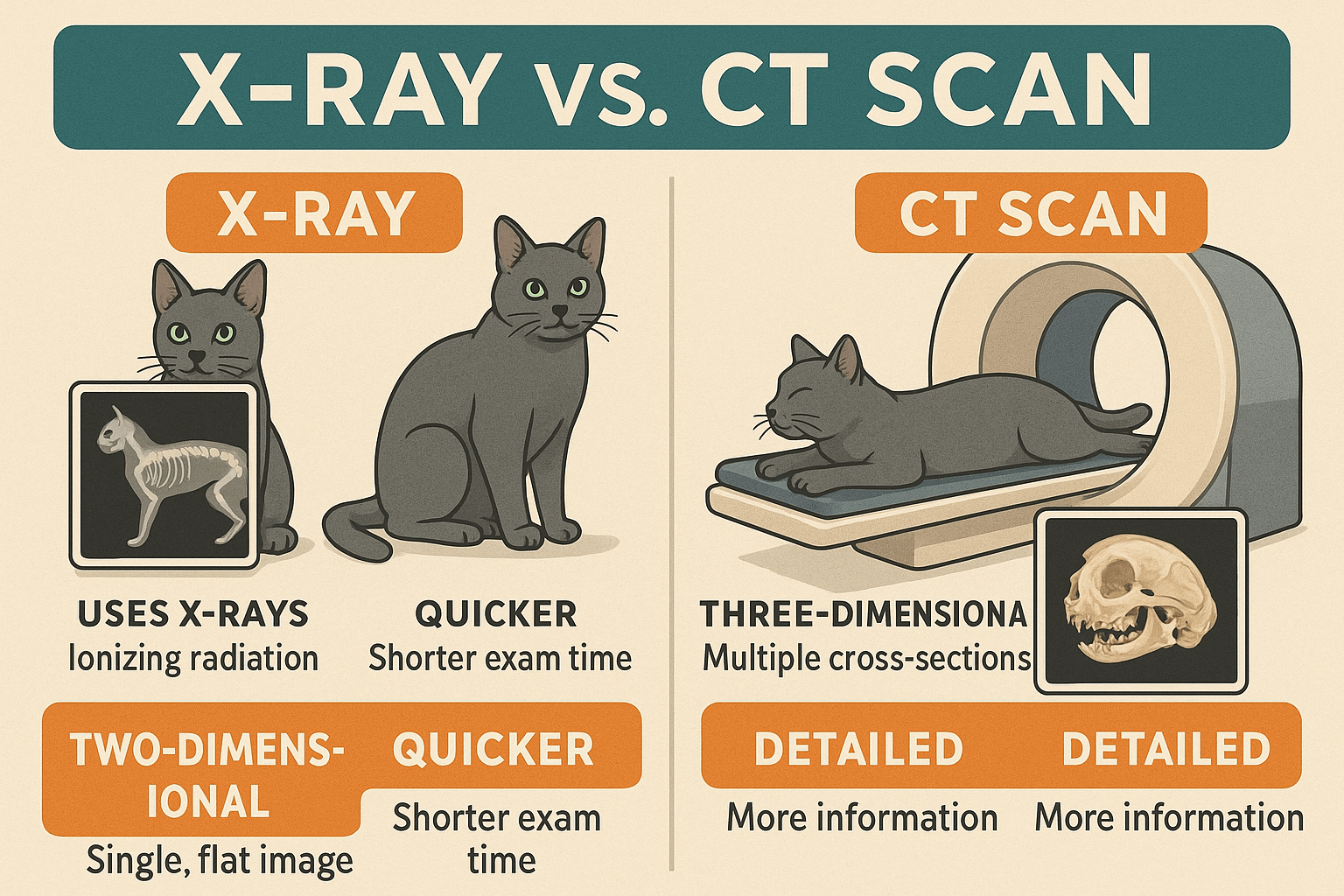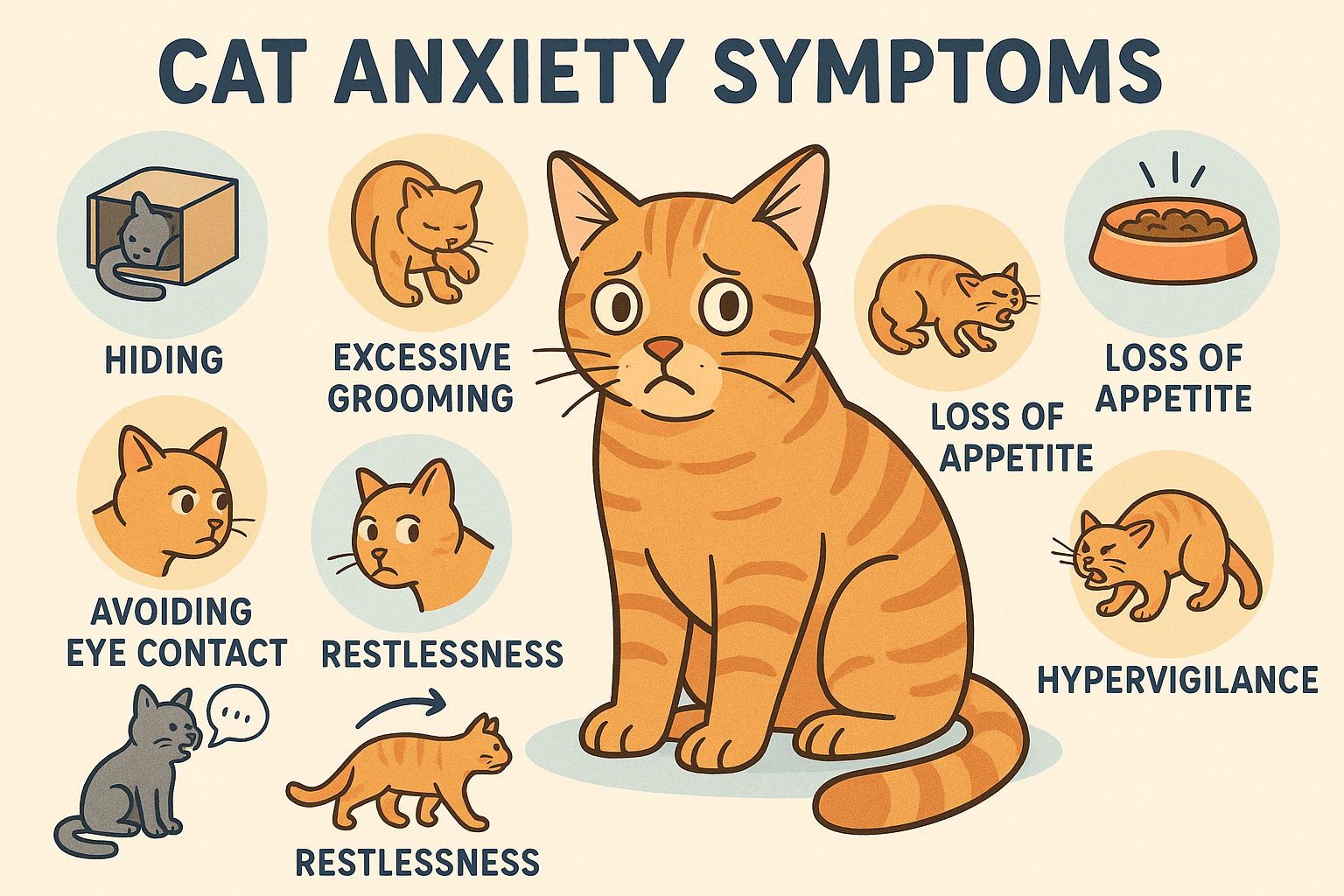Cat Wheezing While Sleeping: What It Means and What to Do
Hearing your cat wheeze while sleeping can be alarming, especially if you’re unsure whether it’s a normal occurrence or a sign of something more serious. Cats are naturally quiet sleepers, so any unusual respiratory sounds, like wheezing, can indicate underlying health issues or environmental factors. While occasional wheezing might not always be cause for concern, persistent or severe episodes warrant attention. In this blog post, we’ll explore the potential causes of cat wheezing during sleep, how to identify warning signs, and what steps you can take to ensure your feline friend stays healthy and comfortable.
Common Causes of Cat Wheezing While Sleeping
Understanding why your cat might wheeze while sleeping is the first step toward addressing the issue. Here are some common causes:
Allergies
Cats can develop allergies to dust, pollen, or cleaning products, which may irritate their airways and cause wheezing.Asthma
Feline asthma is a common respiratory condition that can lead to wheezing, coughing, and labored breathing.Foreign Objects
Small particles like hairballs or debris lodged in the throat or nasal passages can trigger wheezing sounds.Infections
Respiratory infections, such as upper respiratory tract infections, often cause wheezing and other symptoms like sneezing or nasal discharge.Heart Problems
Heart conditions, such as congestive heart failure, can lead to fluid buildup in the lungs, resulting in wheezing.
Identifying the root cause of your cat’s wheezing is crucial for determining the appropriate course of action and ensuring their well-being.
Signs That Your Cat Needs Veterinary Attention
While occasional wheezing might not be serious, certain symptoms indicate that your cat requires immediate veterinary care. Here’s what to watch for:
Persistent Wheezing
If your cat wheezes consistently during sleep or at other times, it could signal an underlying health issue.Labored Breathing
Rapid or shallow breathing, along with wheezing, suggests respiratory distress and should not be ignored.Lethargy
A noticeable decrease in energy levels or reluctance to move can accompany respiratory problems.Coughing or Gagging
Frequent coughing or gagging, especially if accompanied by wheezing, may indicate asthma or another condition.Blue Gums or Tongue
Bluish discoloration of the gums or tongue is a sign of oxygen deprivation and requires emergency care.
Recognizing these warning signs early can help prevent complications and ensure your cat receives timely treatment.
Check this guide 👉Why Your Cat Is Wheezing: Best 7 Health Tips!
Check this guide 👉What to Do If a Cat Sneezed in Your Face: Best 7 Tips!
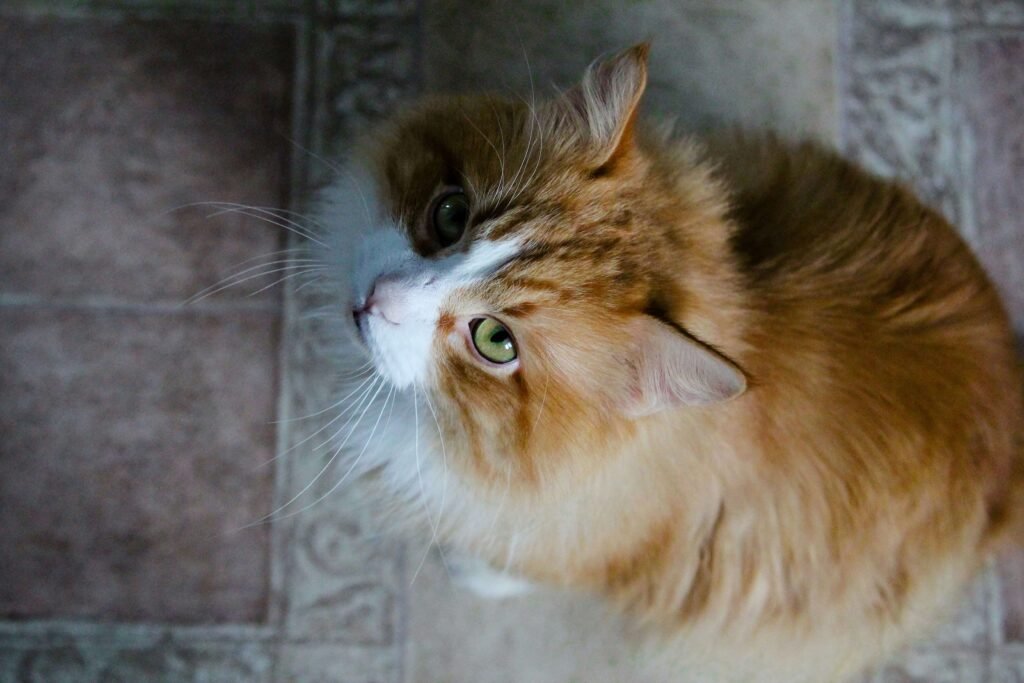
Symptom | Possible Cause |
|---|---|
Wheezing During Sleep | Allergies, asthma, or respiratory infections |
Labored Breathing | Fluid in the lungs or heart-related issues |
Nasal Discharge | Upper respiratory infection or sinus irritation |
Coughing or Gagging | Asthma or foreign object obstruction |
Lethargy and Weakness | Severe respiratory distress or systemic illness |
How to Prevent Wheezing in Cats
Preventing wheezing involves addressing potential triggers and maintaining a healthy environment for your cat. Here are some proactive steps you can take:
Keep Your Home Clean
Regularly vacuum and dust your home to minimize allergens like dust mites and pet dander.Use Air Purifiers
Air purifiers can help remove airborne irritants that may contribute to wheezing.Avoid Strong Scents
Refrain from using strong-smelling cleaning products, perfumes, or candles around your cat.Monitor Weight
Obesity can exacerbate respiratory issues, so ensure your cat maintains a healthy weight through diet and exercise.Schedule Regular Vet Checkups
Routine vet visits can help detect and address potential health issues before they worsen.
Taking these preventive measures can reduce the likelihood of wheezing and keep your cat in optimal health.
Home Remedies to Soothe Mild Wheezing
If your cat’s wheezing is mild and not caused by a serious condition, you can try these home remedies to provide relief:
Steam Therapy
Allow your cat to sit in a steamy bathroom (without direct contact with hot water) to loosen mucus and ease breathing.Hydration
Ensure your cat has access to fresh water to stay hydrated, which can help thin mucus and reduce congestion.Elevated Sleeping Areas
Provide a raised bed or cushion to help your cat breathe more easily while resting.Gentle Massage
Lightly massaging your cat’s chest can help relax their muscles and improve airflow.Monitor Environmental Changes
Identify and eliminate potential irritants, such as new furniture, plants, or household products, that may trigger wheezing.
These remedies can offer temporary relief, but always consult your vet if symptoms persist or worsen.
Understanding Your Cat’s Breathing Patterns
Cats have unique respiratory patterns, and understanding what’s normal versus abnormal can help you identify potential issues. Here’s what to look for:
Normal Breathing Rate
A healthy cat takes about 20-30 breaths per minute while resting. Anything significantly higher may indicate distress.Posture During Breathing
Cats typically breathe comfortably while lying down or sitting upright. Hunched positions with extended necks can signal trouble.Noisy Breathing
Occasional snoring or soft sounds during sleep is normal, but persistent wheezing or rattling noises should be investigated.Environmental Triggers
Changes in weather, humidity, or air quality can temporarily affect your cat’s breathing patterns.Behavioral Cues
Cats often hide discomfort, so watch for subtle signs like restlessness or reluctance to lie down.
By familiarizing yourself with your cat’s normal breathing habits, you’ll be better equipped to spot abnormalities early and seek help when needed.
Steps to Create a Cat-Friendly Environment
A safe and comfortable environment can significantly reduce the risk of respiratory issues in cats. Here’s how to make your home more cat-friendly:
Minimize Stressors
Loud noises, unfamiliar visitors, or sudden changes can stress your cat, potentially worsening respiratory symptoms.Provide Clean Air
Use non-toxic cleaning products and avoid smoking indoors to maintain good air quality.Designate Safe Spaces
Offer cozy hiding spots, such as cat caves or covered beds, where your cat can retreat if feeling unwell.Maintain Consistent Temperatures
Avoid extreme temperature fluctuations, as cold or hot environments can irritate your cat’s airways.Limit Exposure to Pollutants
Keep your cat away from areas with strong fumes, such as garages or kitchens with open flames.
Creating a calm and healthy environment not only supports your cat’s respiratory health but also enhances their overall well-being.
When to Use Humidifiers for Your Cat
Humidifiers can be a helpful tool in managing your cat’s respiratory health, especially during dry seasons. Here’s how they can benefit your feline friend:
Relief for Dry Airways
Humidifiers add moisture to the air, soothing irritated nasal passages and reducing wheezing caused by dryness.Preventing Congestion
Increased humidity can help prevent mucus buildup, making it easier for your cat to breathe.Support for Respiratory Conditions
Cats with asthma or chronic bronchitis may benefit from consistent humidity levels to ease symptoms.Placement Matters
Place the humidifier in a room where your cat spends most of their time, ensuring they reap the benefits.Cleanliness is Key
Regularly clean and maintain your humidifier to prevent mold or bacteria from being released into the air.
Using a humidifier thoughtfully can provide relief for cats experiencing mild respiratory discomfort, but always consult your vet for persistent issues.
Frequently Asked Questions About Cat Wheezing
Is it normal for cats to wheeze occasionally?
Occasional wheezing might not be concerning, but frequent or persistent wheezing warrants a vet visit.
Can hairballs cause wheezing in cats?
Yes, hairballs can irritate the throat and airways, leading to temporary wheezing.
How can I tell if my cat has asthma?
Symptoms include wheezing, coughing, labored breathing, and lethargy. A vet can confirm the diagnosis.
Are certain cat breeds more prone to wheezing?
Brachycephalic breeds (e.g., Persians) are more susceptible due to their shorter nasal passages.
Should I panic if my cat wheezes once?
Not necessarily, but monitor them closely. If wheezing continues or is accompanied by other symptoms, seek veterinary care.
Ensuring Your Cat’s Respiratory Health
Wheezing while sleeping can be unsettling, but understanding its causes and knowing when to act can make all the difference. Whether it’s addressing environmental triggers, managing allergies, or seeking veterinary care for more serious conditions, your vigilance ensures your cat remains happy and healthy. Remember, even minor changes in your cat’s breathing patterns deserve attention, as early intervention can prevent complications. By creating a safe and supportive environment, you’re giving your feline companion the best chance to thrive. After all, their comfort and well-being are worth every effort.
High Liver Enzymes in Cats: Best 7 Expert Tips! Discover causes, symptoms, and treatment options for elevated liver enzymes in cats. Learn how to support your cat’s liver health effectively.
Bengal Cat Health Problems: Best 7 Expert Tips! Discover expert advice on common Bengal cat health issues, preventive care, and tips to keep your feline friend healthy and happy for years to come.
X-Ray vs CT Scan for Cats: Best 7 Expert Tips! Discover key differences, benefits, and expert advice on choosing the right imaging method for your cat’s health needs.
Cat Anxiety Symptoms: Best 7 Expert Tips! Discover signs of feline stress, effective calming strategies, and expert advice to help your cat feel safe, happy, and relaxed at home.

